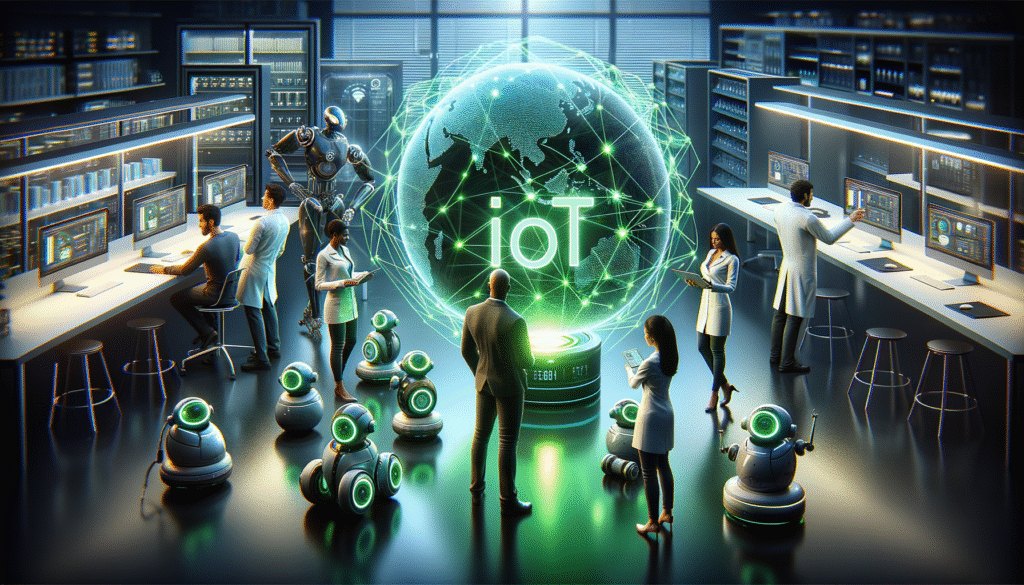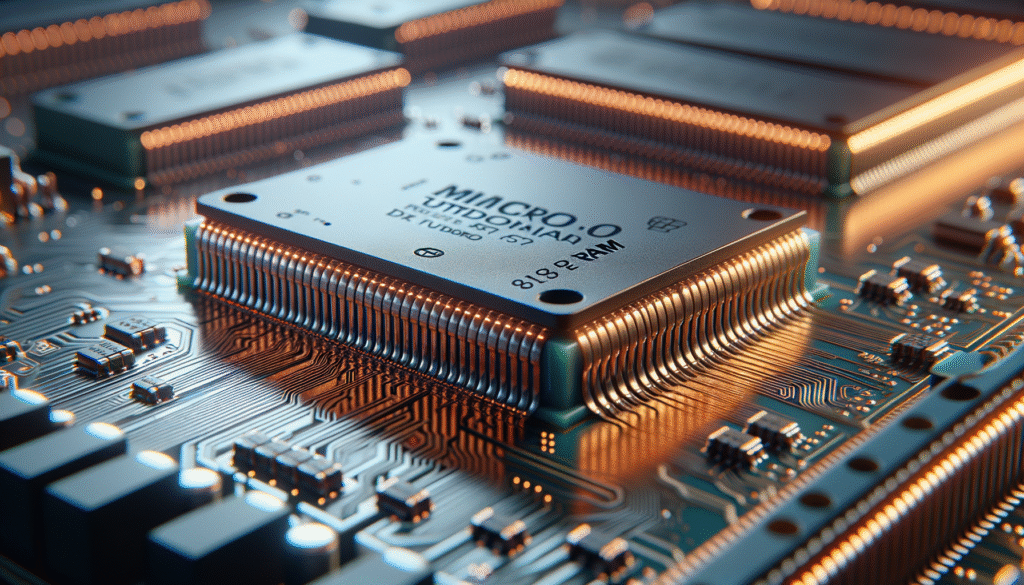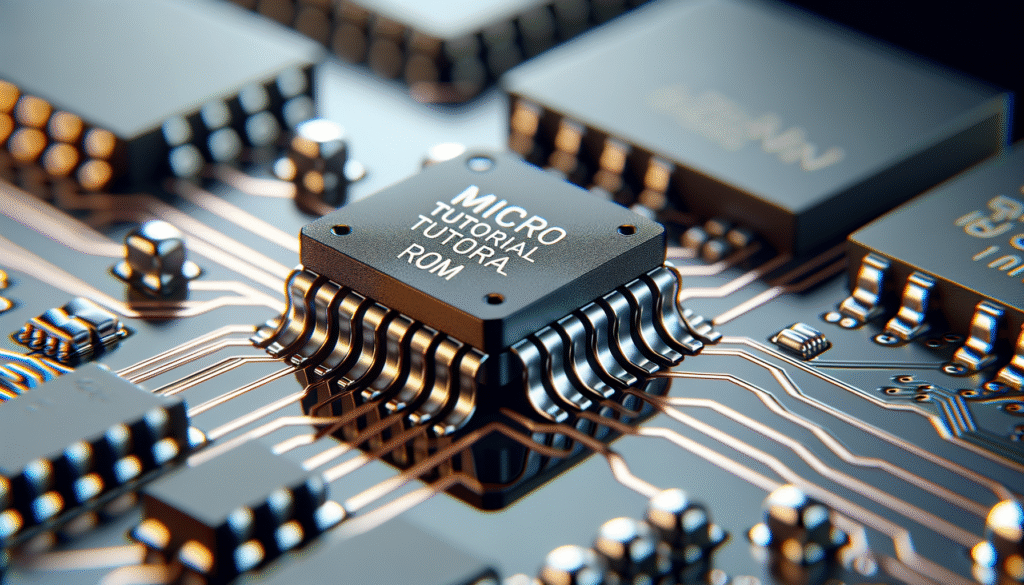Micro Tutorial: IOT
Practical Introduction
I remember the first time I connected a sensor to the Internet. It was a little project at home, where I could monitor the temperature of my room from my phone. The thrill of seeing real-time data was unmatched. This is just one example of how the Internet of Things (IoT) can change our interaction with the world.
Understanding IoT Applications and Functionality
The Internet of Things (IoT) refers to the interconnection of devices via the Internet, allowing them to communicate and share data with each other. Can you imagine a fridge that alerts you when you’re out of milk or an irrigation system that adjusts the amount of water based on soil moisture? These are just a few examples of how IoT is used in everyday life.
The basic functioning of IoT revolves around data collection through sensors, sending that data to the cloud, and processing the information to make decisions. For example, a temperature sensor might send data to a cloud server, where it is analyzed and can be accessed through a mobile app. Furthermore, IoT devices can receive commands from the cloud, allowing users to control their devices remotely.
So, how is this implemented? Typically, microcontrollers like Arduino or Raspberry Pi are used alongside connectivity modules such as Wi-Fi or Bluetooth. Sensors are crucial because they collect information from the environment. By integrating all these components, you can create customized solutions that enhance efficiency and quality of life.
In summary, IoT is used in smart homes, connected cities, automated industries, and many other applications. The key lies in collecting, analyzing, and utilizing data to optimize processes and improve user experience.
Key Parameters of IoT
| Parameter | Description | Typical Values |
|---|---|---|
| Connectivity | Type of connection of the device | Wi-Fi, LoRa, Zigbee, Bluetooth |
| Energy Consumption | Amount of energy used by the device | Low (microcontrollers) |
| Latency | Time taken to send and receive data | < 1 second (ideal) |
| Operating Range | Maximum communication distance | 10-100 meters (Wi-Fi), up to 10 km (LoRa) |
| Security | Data protection measures | Encryption, authentication |
Real-World Example of IoT
A concrete use case of IoT is the energy management system in buildings. Imagine an office where each electrical device is connected to a central system. This system can monitor energy consumption in real-time and detect usage patterns. For instance, if the air conditioning is running in an empty room, the system can send an alert to the administrator to turn it off.
Additionally, the system can predict energy consumption based on historical data and automatically adjust devices to optimize energy efficiency. This not only reduces costs but also helps to decrease the building’s carbon footprint.
For example, a company implementing this kind of system could see a 20% reduction in its electricity bill. This translates to significant savings over time and better sustainability. Therefore, IoT not only enhances comfort but also contributes to a greener future.
Common Pitfalls in IoT Implementation
- Not considering security: Make sure to implement encryption and authentication.
- Forgetting scalability: Design your solution to grow over time.
- Not conducting adequate testing: Test all devices and communication between them.
- Ignoring usability: Ensure the interface is intuitive for users.
- Not updating software: Keep firmware and apps up to date to avoid vulnerabilities.
Conclusion and Next Steps
The Internet of Things is a powerful tool that can transform the way we interact with our environment. From optimizing energy consumption to convenience in our homes, its applications are vast. If you’re interested in learning more about this exciting topic, I encourage you to start your own IoT project today! Explore, experiment, and don’t hesitate to share your progress.
More information at electronicsengineering.blog
Quick Quiz
Question 1: What does IoT stand for?
Question 2: Which device is commonly used in IoT projects for data collection?
Question 3: What is a primary function of IoT devices?
Question 4: How can IoT devices be controlled?
External sources
- Internet of Things Tutorial for Beginners
- IoT Tutorial: Introduction to Internet of Things (IoT Basics)
- IoT Tutorial for Beginners – A Perfect Guide to Refer



